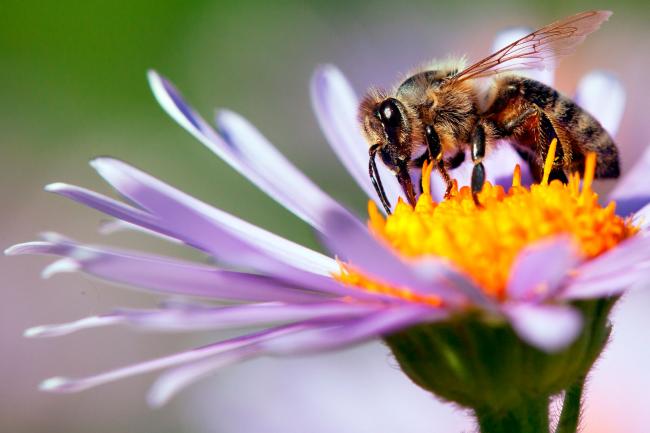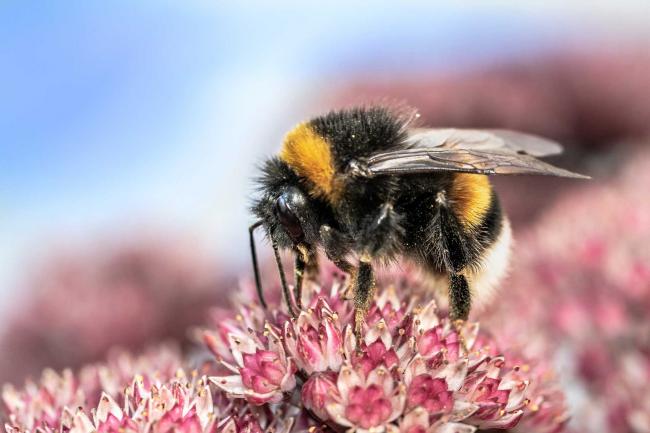
The public are being asked to use lockdown to reconnect with nature and support research by sharing information about their bee hotels.
As bee populations decline, many people are rushing to do their bit by buying bee hotels. But are they actually built in a way that will help bees at all? And, even if the design is right, are we using them properly?
Bee Saviour Behaviour, a community project based in Norwich, has teamed up with the Earlham Institute to uncover the secret lives of bee hotels across the UK. With a simple 5 minute survey launched this spring, researchers aim to build up a national (and international) picture of how people use their bee hotels and whether this is having a positive impact on pollinators.
Most people are now aware that bees - like many insect species - are facing a crisis. Due in large part to a loss of habitat and wildflowers, bee populations have been struggling. As a result, the public has taken action to help - be it planting wildflower seeds or investing in bee hotels for the garden. But there has been almost no research into bee hotels to see if they are a help or hindrance.
Dan Harris, Founder of Bee Saviour Behaviour, said: “Anyone with a bee hotel can take part in this citizen science project. There are five key questions we’d like you to answer but the more detail you can give us the better we can understand how to make bee hotels a happy home for our bees.”
Questions ask where the bee hotel was bought, where it is located and for details of its design and upkeep. There is even the opportunity to upload images of your bee hotel. Early findings suggest more than half of respondents don’t know how to maintain their bee hotel and a third of hotels are built or installed in a way that makes them unsuitable for the bees.
Better understanding the context of bee hotel use - including where they are in your garden and where you are in the country - will help the team learn whether best practice is being followed, improve the advice for the public, and provide evidence-based ways of helping people give bees the best possible shelter.
All you need to do to take part is to fill in a short 5 minute survey, which you can find by visiting saviourbees.co.uk/citizenscience.
The Earlham Institute and Bee Saviour Behaviour initially joined forces to take a public engagement activity on research into pollinators to the highly prestigious Royal Society Summer Science Exhibition 2020, with the results of the survey due to be revealed as part of the activity. Although the event has been postponed as part of public health measures, there’s still plenty of opportunity to run this citizen science campaign with so many people having to stay at home this spring.
Dr Wilfried Haerty, Group Leader at Earlham Institute, said: “The health of bees and other pollinators is absolutely essential - both for the food we take for granted and for maintaining stable ecosystems.
“We have several projects that focus on pollinators, including bees, working to understand their natural history and how we can better protect them. This citizen science campaign really helps to emphasise why pollinators are so important, and will provide extremely useful information that will benefit bees going forward.”
One such project, in collaboration with the University of East Anglia (UEA) and the Natural History Museum (NHM), involves Earlham Institute scientists looking at the natural genetic diversity among bees in the UK and seeing how the health of populations has changed over the last hundred years, particularly since the dawn of industrial agriculture practices. Behavioural data, such as those provided by the study of artificial nesting environments like bee hotels, could provide meaningful insights in conjunction with this research.
Dr Haerty said: “Establishing a nationwide picture - not only of bee hotels but the pollinators themselves - will be very important in providing a picture of pollinator diversity. The information we get from this survey about bees, particularly in relation to the wildflowers in people’s gardens, could massively help researchers.”






